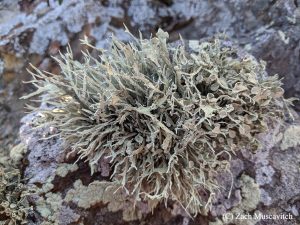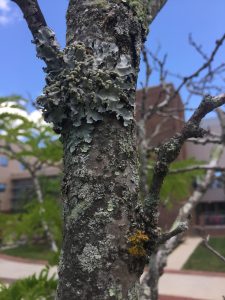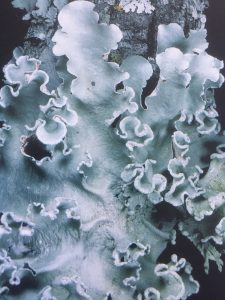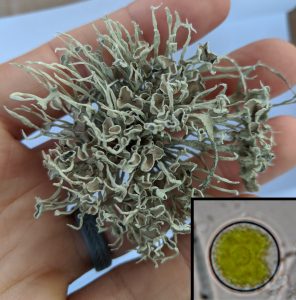 Welcome back! Dr. Antoine Simon, who has visited UCONN and our lab during his MSc and Ph.D. is coming back! Antoine was awarded a fellowship from the Belgian American Education foundation to spend one year here, and further explore the evolution of lichenized fungi!
Welcome back! Dr. Antoine Simon, who has visited UCONN and our lab during his MSc and Ph.D. is coming back! Antoine was awarded a fellowship from the Belgian American Education foundation to spend one year here, and further explore the evolution of lichenized fungi!
Some of the publications emerging from his recent work:
Simon A., B. Goffinet, LS. Wang, T. Spribille, T. Goward, T. Pystina, N. Semenova, N.V. Stepanov, B. Moncada, R. Lücking, N. Magain & E. Sérusiaux. 2021. Global phylogeny and taxonomic reassessment of the genus Dendriscosticta (Ascomycota: Peltigerales). Taxon (accepted, stay tuned!).
Simon A., R. Lücking, B. Moncada, J.A. Mercado-Díaz, F. Bungartz, M. Cáceres, E. Gumboski, S. Maria de Azevedo Martinsi, D. Parker & B. Goffinet. 2020. Emmanuelia, a new genus of lobarioid lichen-forming fungi (lichenized Ascomycota: Peltigerales). Plant and Fungal Systematics 65: 76–94. https://doi.org/10.35535/pfsyst-2020-0004
Simon A., J. Di Meglio, T. Goward, K. Dillman, T. Spribille & B. Goffinet. 2018. Sticta torii sp. nov., a remarkable lichen of high conservation priority from northwestern North America. Graphis Scripta 30: 105–114.
Simon A., B. Goffinet, N. Magain & E. Sérusiaux. 2018. High diversity, high insular endemism and recent origin in the lichen genus Sticta(lichenized Ascomycota, Peltigerales) in Madagascar and the Mascarene archipelago. Molecular Phylogenetics and Evolution 122: 15–28.
Spjut R., A. Simon, M. Guissard, N. Magain & E. Sérusiaux. 2020. The fruticose genera in the Ramalinaceae (Ascomycota, Lecanoromycetes): their diversity and evolutionary history. MycoKeys, 73: 1.
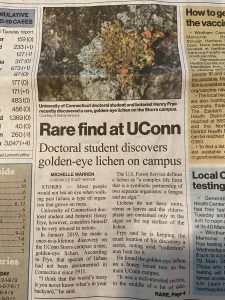 ysophthalmus and other species in Connecticut.
ysophthalmus and other species in Connecticut.